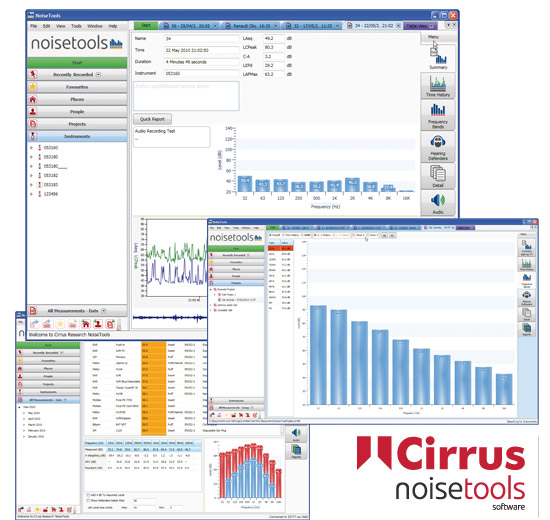Methods for selecting hearing protection
In addition to using octave band filters to measure noise levels in specific frequency ranges, there are also other methods for correctly selecting hearing protection.
One such method is the “Hearing Protection Rating Method” (HML), which is a standardized method for evaluating the performance of hearing protectors. The HML method assigns a single number rating to a hearing protector, similar to the Noise Reduction Rating (NRR) method, but the HML takes into account the protector’s performance at different frequencies.
Another method is the “Assigned Protection Factor Method” (APF), also known as the “Comprehensive Attenuation Method” (C-A), which provides a more detailed assessment of the performance of hearing protectors. The APF method assigns an individual protection factor (APF) to a hearing protector for each frequency band, taking into account the expected protection provided by the device at different frequencies.
Both of the methods, HML and APF, can provide a more accurate representation of the protection provided by a hearing protector than a single number rating, such as the NRR. This can be particularly important when working in environments where noise exposure is not constant across all frequency ranges.
It’s worth noting that many hearing protection devices available in the market are rated using both NRR and HML/APF methods, thus providing a more comprehensive evaluation of the protection provided.
In summary, Octave Band Filters are important tools in noise dosimetry, as they allow for the measurement of noise levels in specific frequency ranges. But there are other methods to evaluate the performance of hearing protectors like the Hearing Protection Rating Method (HML) and Assigned Protection Factor Method (APF) or Comprehensive Attenuation Method (C-A) which assigns a more detailed assessment of the performance of hearing protectors. These methods can provide a more accurate representation of the protection provided by a hearing protector than a single number rating, such as the NRR.

How can Cirrus Research help
Choosing the correct level of hearing protection is essential. It’s a topic that comes up all the time when we meet with our clients and customers to discuss safety and industrial hygiene solutions. The call is the selection of appropriate hearing defenders, and specifically the avoidance of over or under protection.
- Under protection – potential for industrial hearing loss
- Overprotection – dangerous, isolates the worker and they may not hear alarms or vehicles reversing for instance.
Cirrus Research provides a number of instruments to help including the following:
- Optimus+ Sound level meters with C-A
- DoseBadge4 dosimeters with C-A
- Optimus+ Sound level meters with 1.1 octave bands
- DoseBadge5 with 1.1 octave band filters
Our license-free software, Noisetools comes free with every meter for analysis and reporting for noise measurement data. The 1.1 octave data activates a tab within Noisetools that color codes a large range of hearing defence product – this helps remove human error when selecting your hearing protection products. It is also much faster. There is also a straightforward way of adding products if our customers already own protection that may not be included in the list already. Once they have added their own product it will also be color coded. The tab also allows the client to add a 4dB derating factor (real-world use).
You can also use the time history tab in the software to highlight the loudest part of the noise measurement and have the hearing defender tab color code based solely on the highlighted areas.
Finally, you can produce a hearing defender report, once you have selected a suitable product, this can then be stored in a personnel folder either as a PDF or print off.
You can find out more about choosing the right hearing protector from the CDC here.
